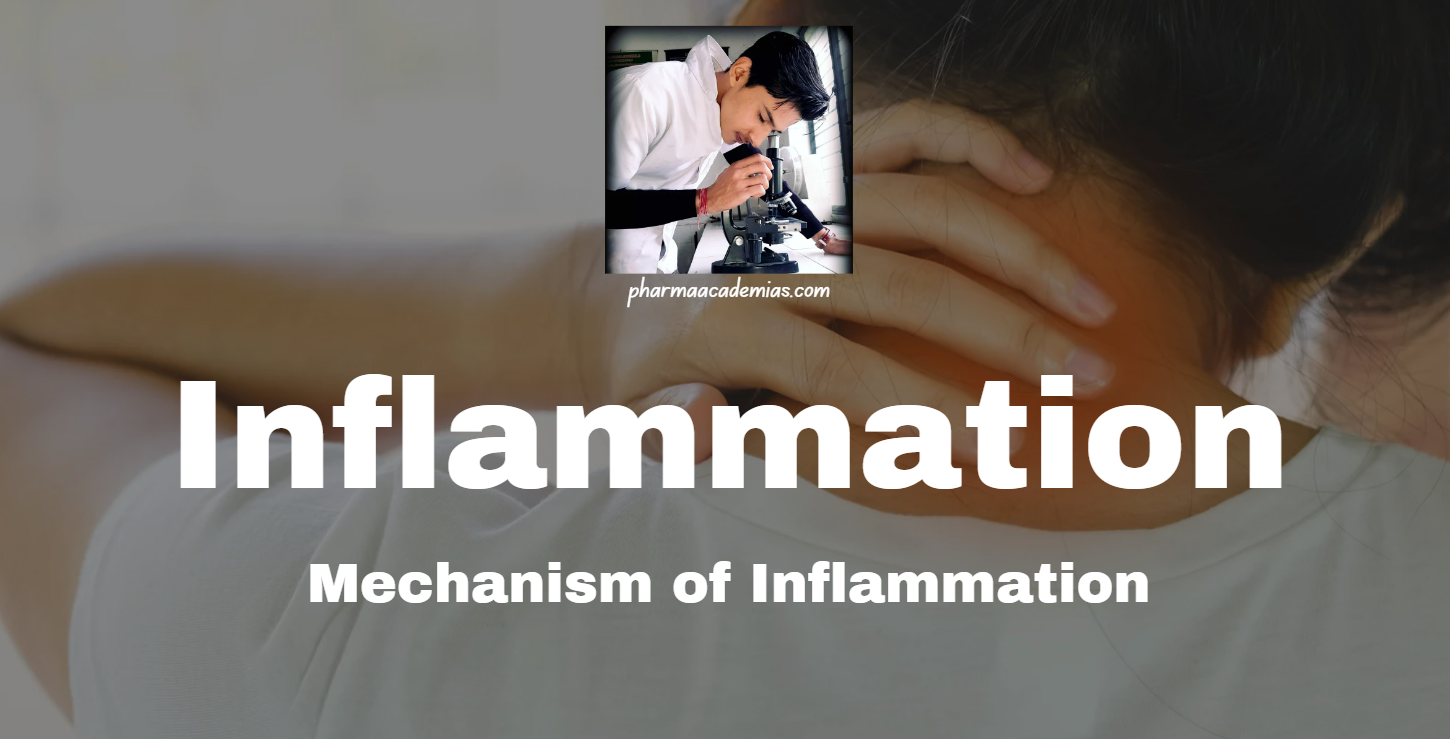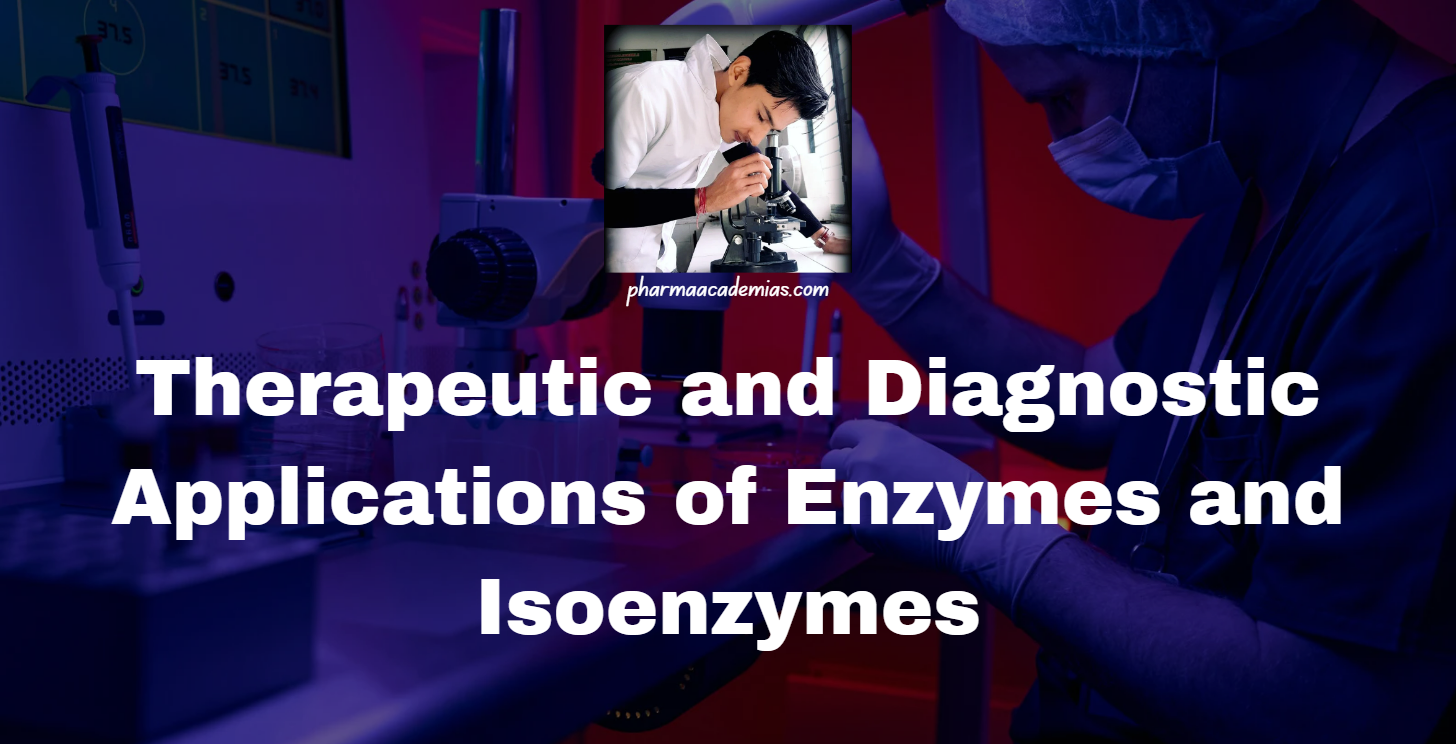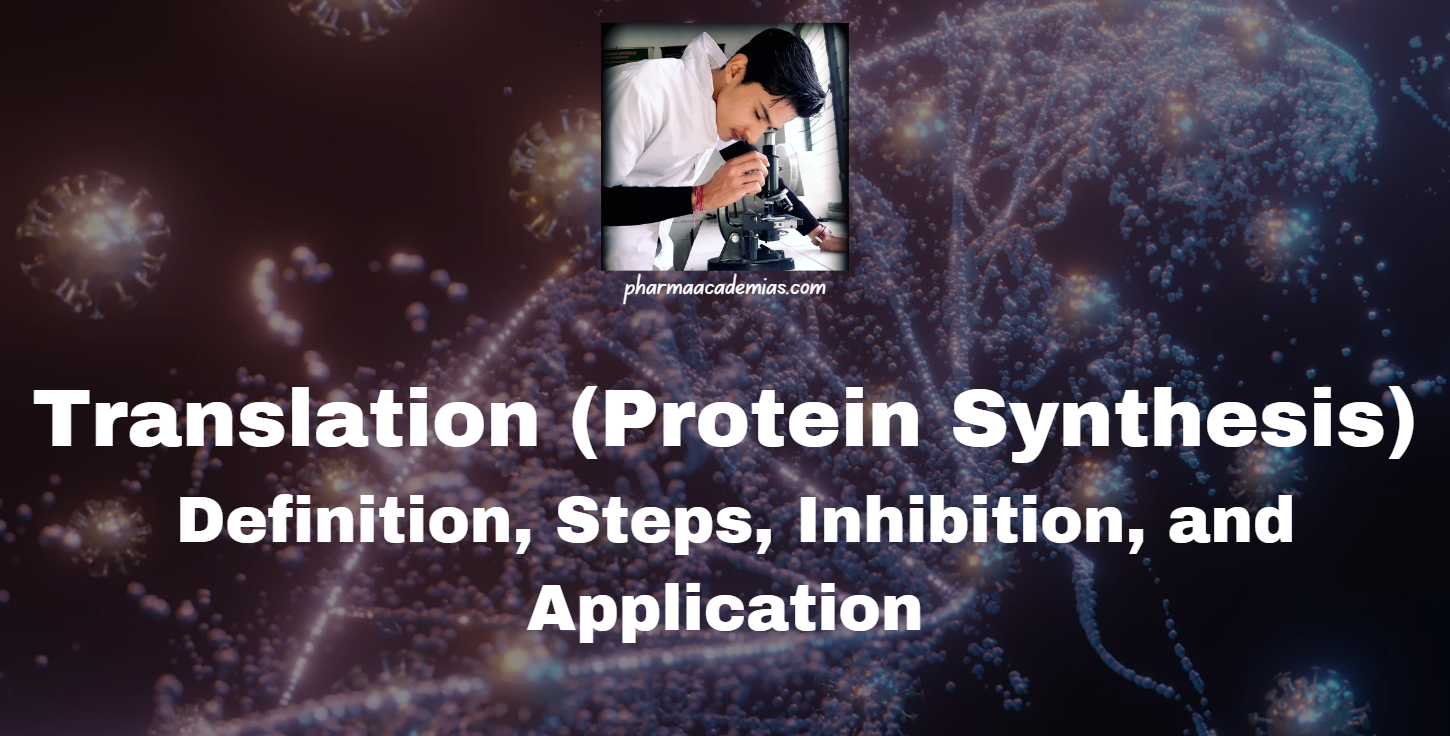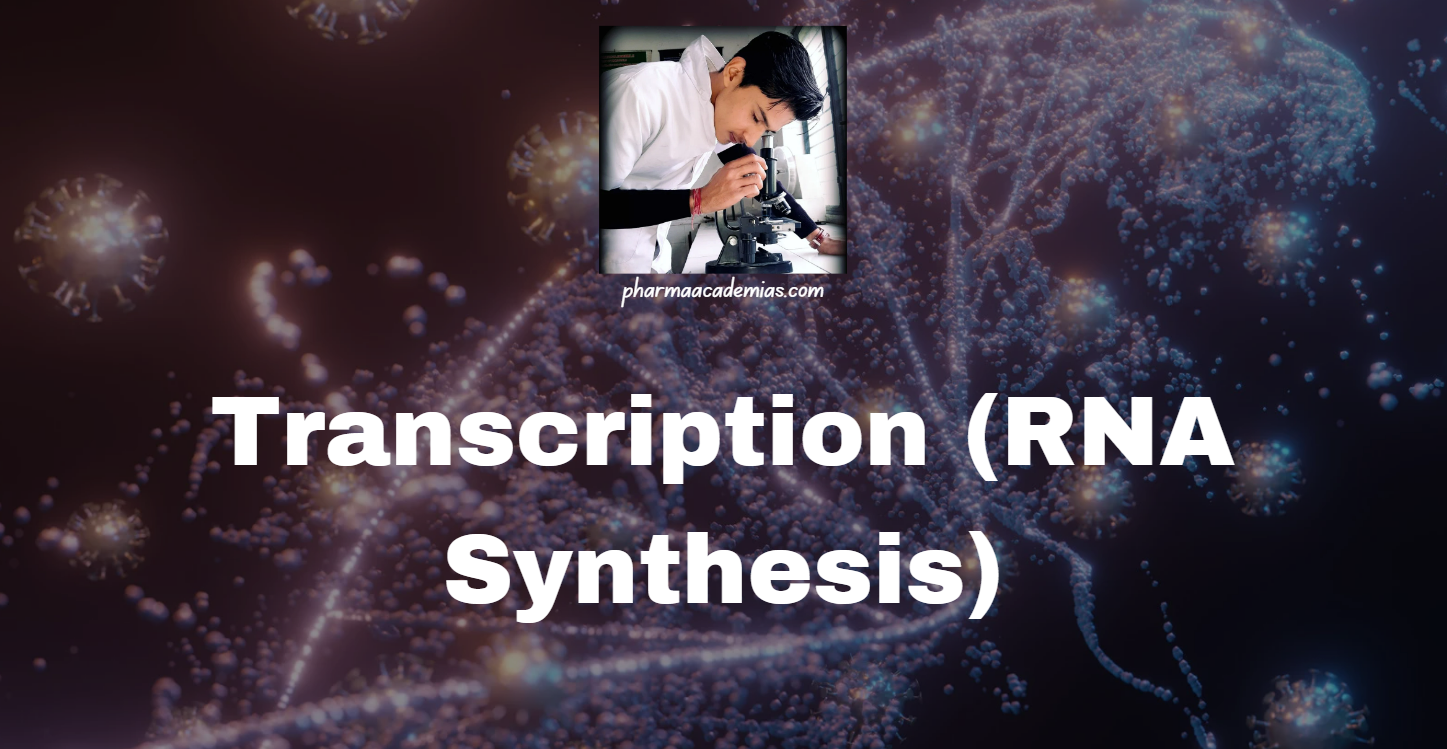The inflammatory response involves a series of complex and coordinated steps aimed at eliminating the injurious agent and initiating tissue repair. The key mechanisms include alterations in vascular permeability and blood flow, as well as the migration of white blood cells (WBCs) to the site of injury. 1. Alteration in …
Inflammation: Definition, Signs, Types and Characteristics
Inflammation is a complex biological response of body tissues to harmful stimuli such as pathogens, damaged cells, or irritants. It is a protective response involving immune cells, blood vessels, and molecular mediators. The primary purpose of inflammation is to eliminate the initial cause of cell injury, clear out necrotic cells …
Therapeutic and Diagnostic Applications of Enzymes and Isoenzymes
Introduction Enzymes and isoenzymes play crucial roles not only in metabolism but also in medical diagnostics and therapy. Enzymes can be utilized as drugs to treat specific diseases, while isoenzymes serve as important biomarkers for the diagnosis of various conditions. This note explores the therapeutic and diagnostic applications of enzymes …
Coenzymes: Structure and Biochemical Functions
Introduction Coenzymes are organic non-protein molecules that bind to enzymes and assist in enzyme-catalyzed reactions. They often function as carriers of specific atoms or functional groups during the reaction. Coenzymes are crucial for the proper functioning of many enzymes and play vital roles in various metabolic pathways. Unlike enzymes, coenzymes …
Regulation of Enzymes: Enzyme Induction, Repression, and Allosteric Regulation
Introduction The regulation of enzyme activity is critical for maintaining cellular homeostasis and responding to environmental changes. Enzymes are regulated through various mechanisms to ensure that metabolic pathways function efficiently and adaptively. This note covers enzyme induction and repression, as well as the regulation of allosteric enzymes. Enzyme Induction and …
Enzyme Kinetics and Inhibition: Michaelis-Menten Plot, Lineweaver-Burk Plot, and Enzyme Inhibitors
Enzyme Kinetics Enzyme kinetics is the study of the rates of enzyme-catalyzed reactions. It helps in understanding how enzymes work and how their activity can be modulated. Two important models in enzyme kinetics are the Michaelis-Menten model and the Lineweaver-Burk plot. Michaelis-Menten Kinetics The Michaelis-Menten equation describes the rate of …
Enzymes: Introduction, Properties, Nomenclature, and IUBMB Classification
Introduction Enzymes are biological catalysts that accelerate chemical reactions in living organisms. Most enzymes are proteins, though some RNA molecules can also function as enzymes (ribozymes). They are essential for numerous biochemical processes, including digestion, metabolism, DNA replication, and cellular respiration. Enzymes work by lowering the activation energy of a …
Translation (Protein Synthesis): Definition, Steps, Inhibition, and Application
Translation is the process by which the genetic code carried by messenger RNA (mRNA) is decoded to produce a specific sequence of amino acids in a polypeptide chain, which folds into a functional protein. This process occurs in the cytoplasm of both prokaryotic and eukaryotic cells and involves ribosomes, transfer …
Genetic Code: Definition, Structure, and Codes
The genetic code is a set of rules by which the information encoded in genetic material (DNA or RNA sequences) is translated into proteins by living cells. Specifically, the genetic code defines how sequences of nucleotide triplets, called codons, specify which amino acids are added to a growing polypeptide chain …
Transcription (RNA Synthesis)
Transcription is the process by which genetic information encoded in DNA is copied into messenger RNA (mRNA). This is the first step in gene expression, leading to the synthesis of proteins. Transcription occurs in the nucleus of eukaryotic cells and in the cytoplasm of prokaryotic cells. Here is a detailed …










